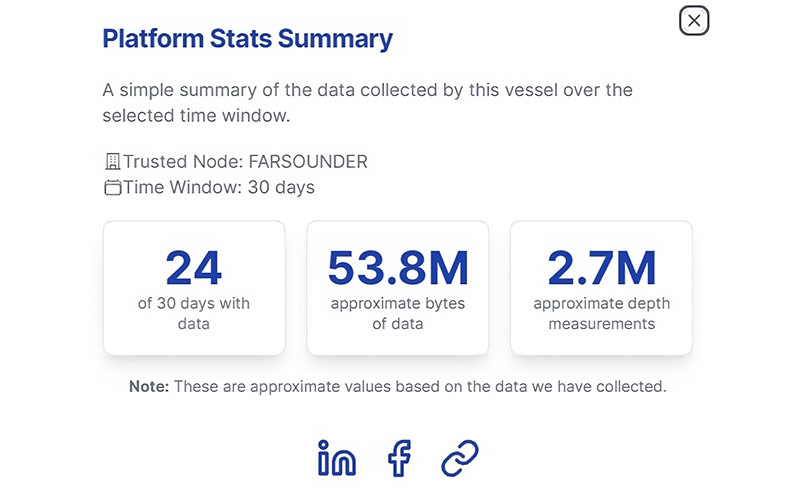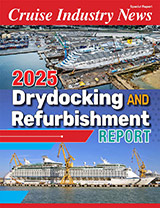FarSounder launched the CSB Data Explorer, a web-based platform designed for contributors of crowdsourced bathymetry (CSB) data, according to a company statement.
The tool allows users to view their contributions and assess their impact on the CSB community, providing a visual representation of the regions where their vessels are contributing to the global ocean mapping effort.
“FarSounder has been a conduit for our customers to contribute bathymetric data to global mapping initiatives for more than six years. This dashboard was created as a result of our recent expansion of customers’ anonymous donations with the latest software’s ability to upload gathered data directly to the cloud,” said Matthew Zimmerman, CEO of FarSounder.
Created in collaboration with the International SeaKeepers Society, the IHO and The Nippon Foundation-GEBCO Seabed 2030 Project, the CSB Data Explorer dashboard displays individual contributions and key statistics, helping contributors track their impact, the company said. The tool also features gamification elements, allowing users to compare their contributions with the FarSounder fleet and view the IHO CSB database on a global map.
Seabed 2030 Project Director, Jamie McMichael-Phillips said: “CSB initiatives bring us significantly closer to our goal of achieving a complete map of the ocean floor, which is beneficial for a whole host of reasons, including empowering the world to make policy decisions, manage the ocean sustainably and undertake scientific research. Every contribution, no matter how small, is invaluable in bringing us one step closer to a fully mapped seabed.”
“SeaKeepers is excited for FarSounder’s introduction of the CSB Data Explorer, a game-changer in the realm of ocean mapping,” said Gill Rodrigues, director of international partnerships: ”This platform empowers contributors to see the real-world impact of their data, fostering a sense of community and shared purpose in our quest to understand and protect our oceans. The collaboration with FarSounder, the IHO, and Seabed 2030 exemplifies our commitment to leveraging innovative tools for oceanographic research and conservation.”




